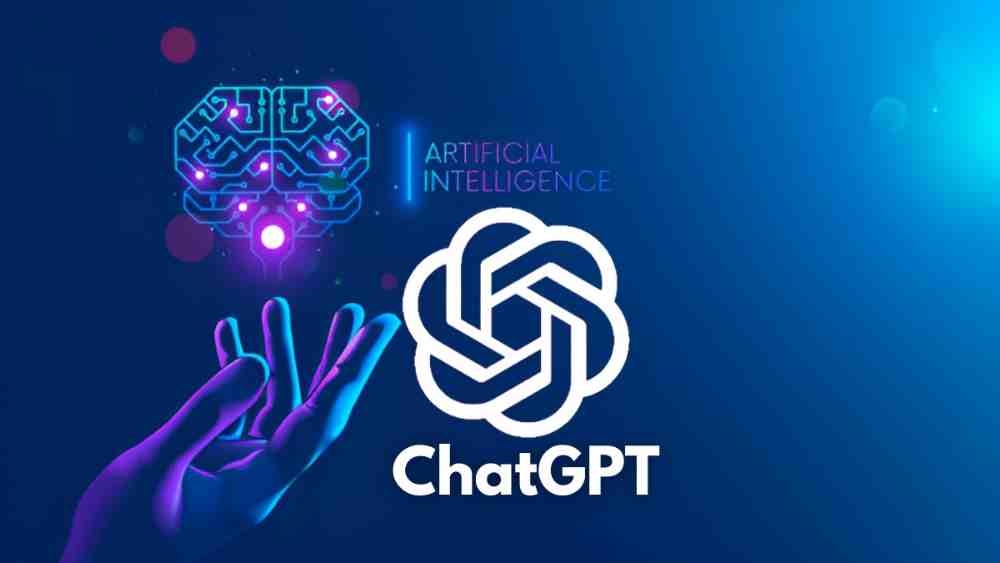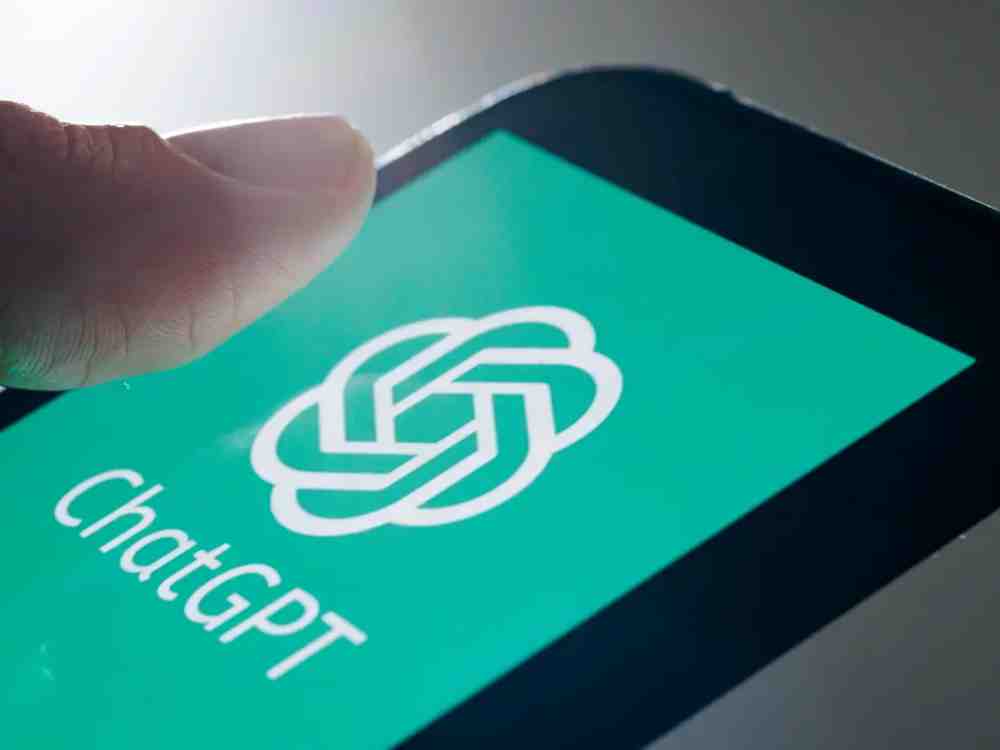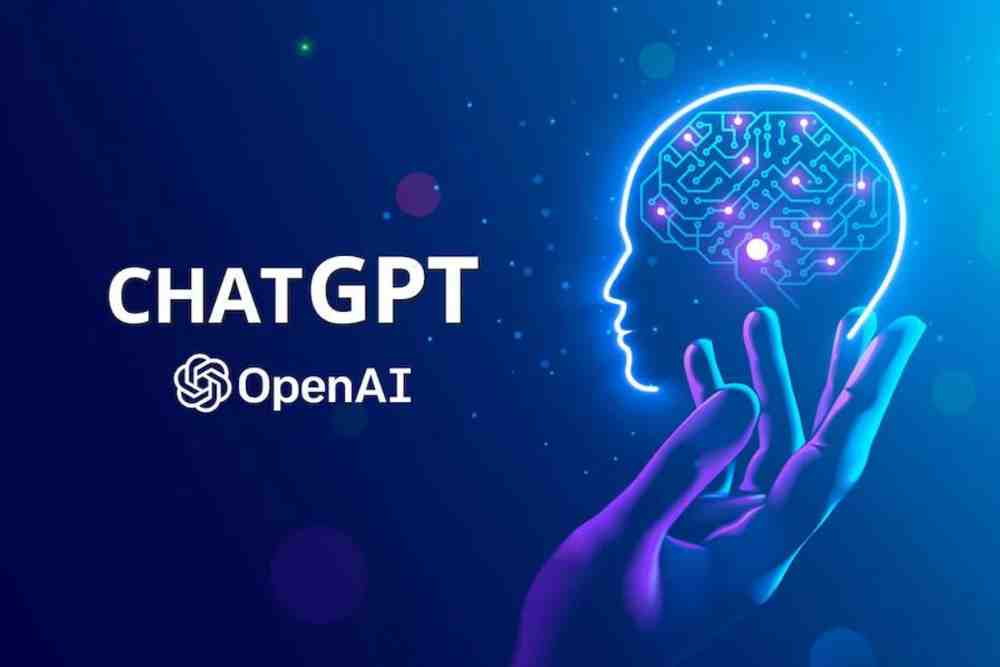OpenAI Unveils Powerful Updates for ChatGPT: A Comprehensive Overview
OpenAI has made significant strides in enhancing its ChatGPT, offering new features that expand its capabilities. From web browsing to speech synthesis, these updates mark a substantial leap in the potential of AI-driven conversational models. In this article, we’ll delve into the key features, implications, and challenges posed by OpenAI’s latest update to ChatGPT.

New Features Transform ChatGPT
OpenAI’s latest update to ChatGPT introduces several groundbreaking features:
1. Web Browsing Feature
A significant addition is the web browsing feature, enabling ChatGPT to access and extract information from the internet. This means that ChatGPT can provide users with current and authoritative information, making it a valuable resource.
2. Speech Synthesis
With speech synthesis, ChatGPT can engage in fully verbal conversations when combined with its existing speech recognition capabilities. This enhances the user experience, enabling more natural interactions with the AI assistant.
3. Image Recognition
The update also incorporates image recognition, allowing users to upload images for conversation. This feature brings a visual element to conversations, enhancing the depth of communication.
4. Custom Instructions
Custom instructions are now available to users in the European Union & United Kingdom, as well as to free users on the ChatGPT free plan. This feature offers greater flexibility in tailoring interactions with ChatGPT to meet specific needs.

Implications and Challenges
The introduction of these new features raises significant implications and challenges:
1. Ethical and Legal Considerations
The ability of ChatGPT to access the internet and provide information presents both ethical and legal challenges. It raises questions about the accuracy and reliability of information retrieved and how it may be used.
2. Control by Websites
OpenAI’s announcement also notes that websites can control how ChatGPT interacts with them. This underscores the importance of respecting website policies and privacy while using the web browsing feature.

3. Positive and Negative Impacts
The technology’s potential for both positive and negative impacts is evident. On one hand, it can be a valuable tool for research and information retrieval. On the other hand, it may be misused for spreading misinformation or engaging in unethical practices.
4. Trademark Application
OpenAI has filed a trademark application with the USPTO for GPT-5, indicating the organization’s commitment to continued innovation in AI technology.
User Experience Improvements
Alongside these major updates, OpenAI has introduced several user experience enhancements:
1. Default GPT-4 Setting
ChatGPT Plus subscribers can access a default GPT-4 setting, enhancing their experience with the model.
2. Suggested Replies and Follow-up Questions
The addition of suggested replies and follow-up questions makes interactions with ChatGPT more intuitive and engaging.
3. Support for Multiple File Uploads
Users can now upload multiple files when using the OpenAI Code Interpreter, enhancing the model’s utility for various tasks.

Challenges and Safeguards
OpenAI recognizes the challenges associated with AI-powered models like ChatGPT. The model has safeguards to refuse to answer questions that call upon it to do or help with something illegal or outside its intended scope.

OpenAI’s latest update to ChatGPT represents a significant leap in AI-driven conversational models. With web browsing, speech synthesis, image recognition, and more, ChatGPT is now a more versatile and powerful tool. However, these enhancements also come with ethical, legal, and reliability challenges that must be carefully navigated. OpenAI’s commitment to innovation and addressing these challenges will shape the future of AI-driven conversational agents and their role in our lives. As ChatGPT continues to evolve, it remains essential to strike a balance between harnessing its capabilities and responsibly managing its limitations.
